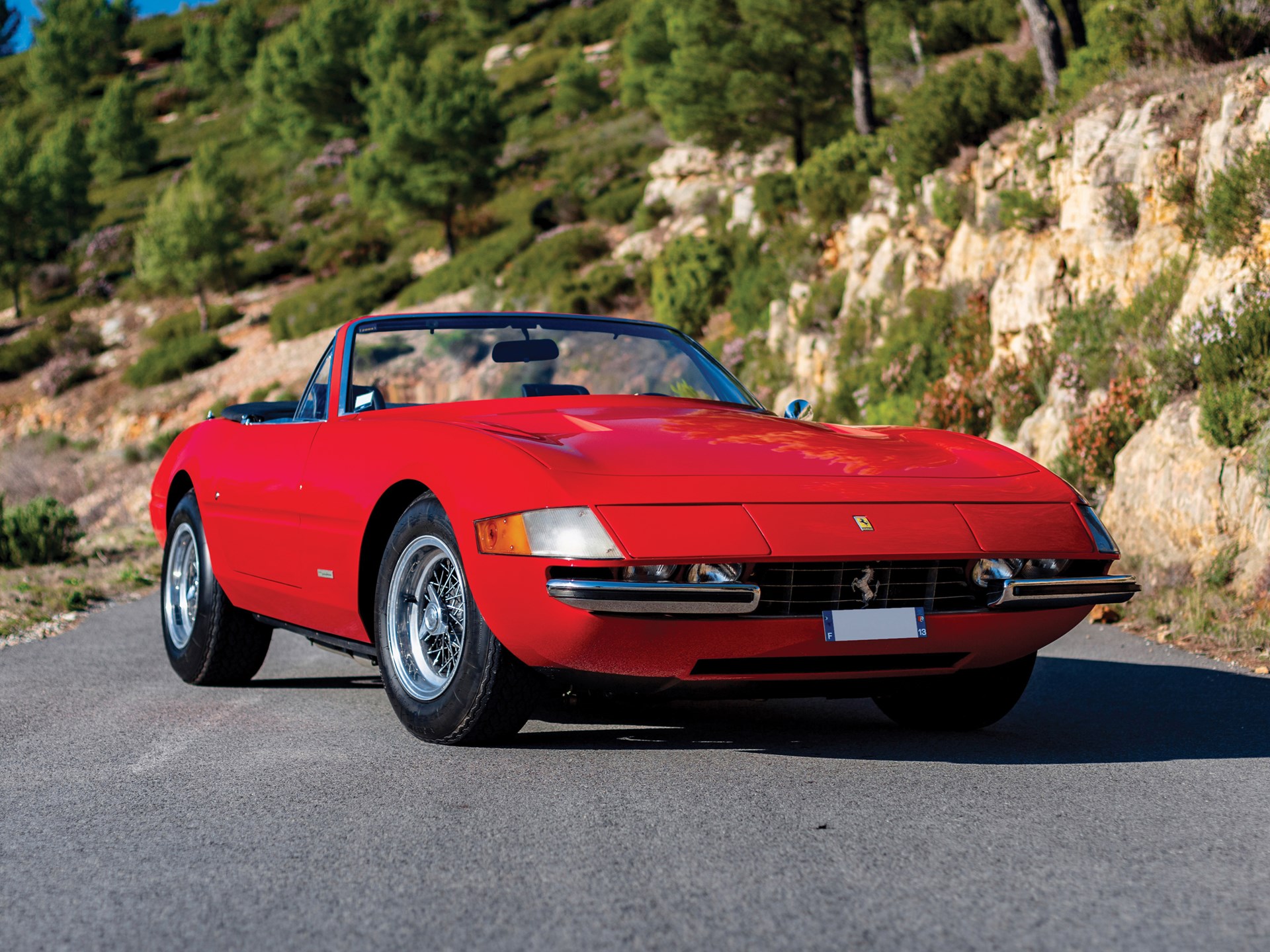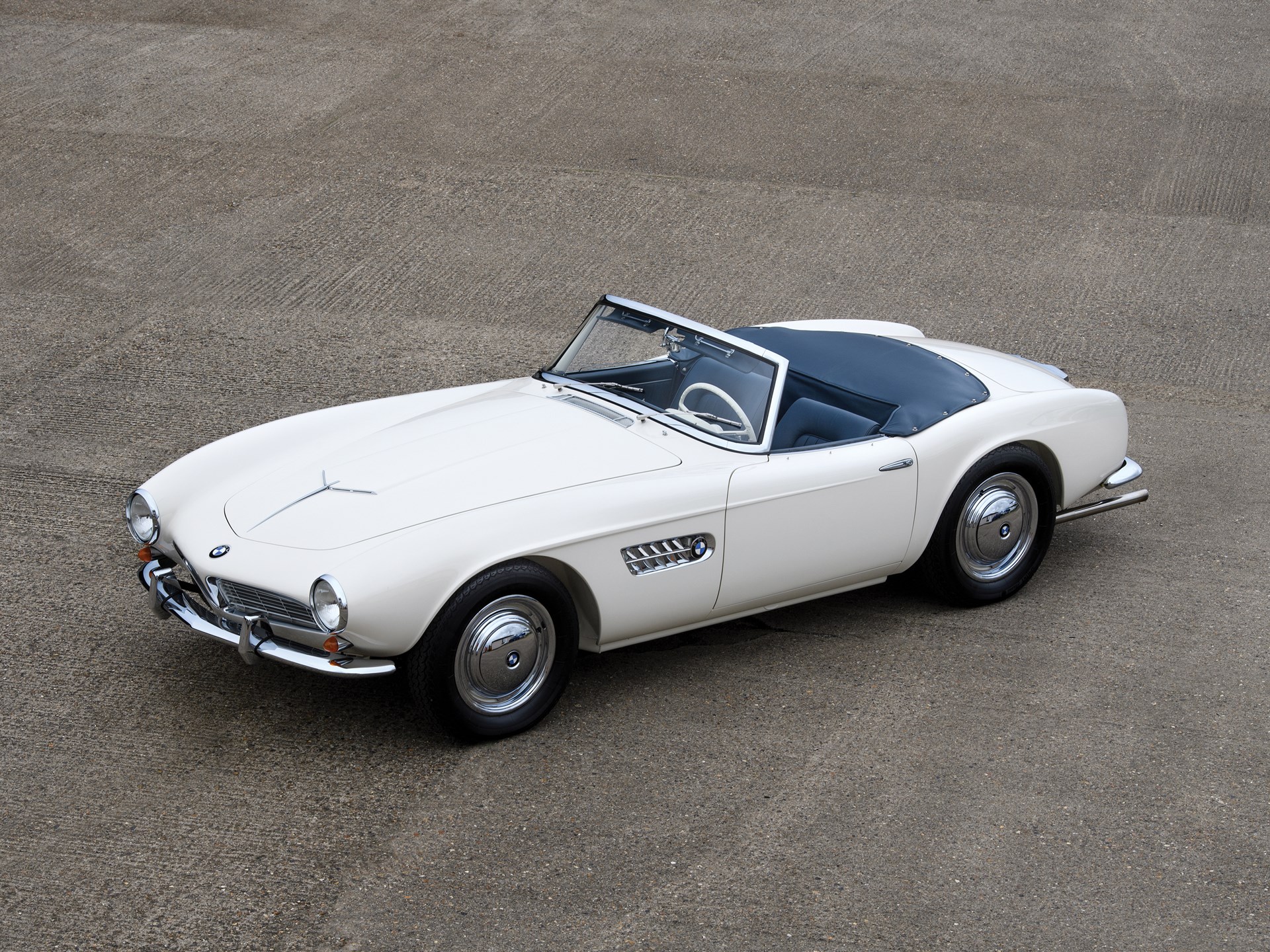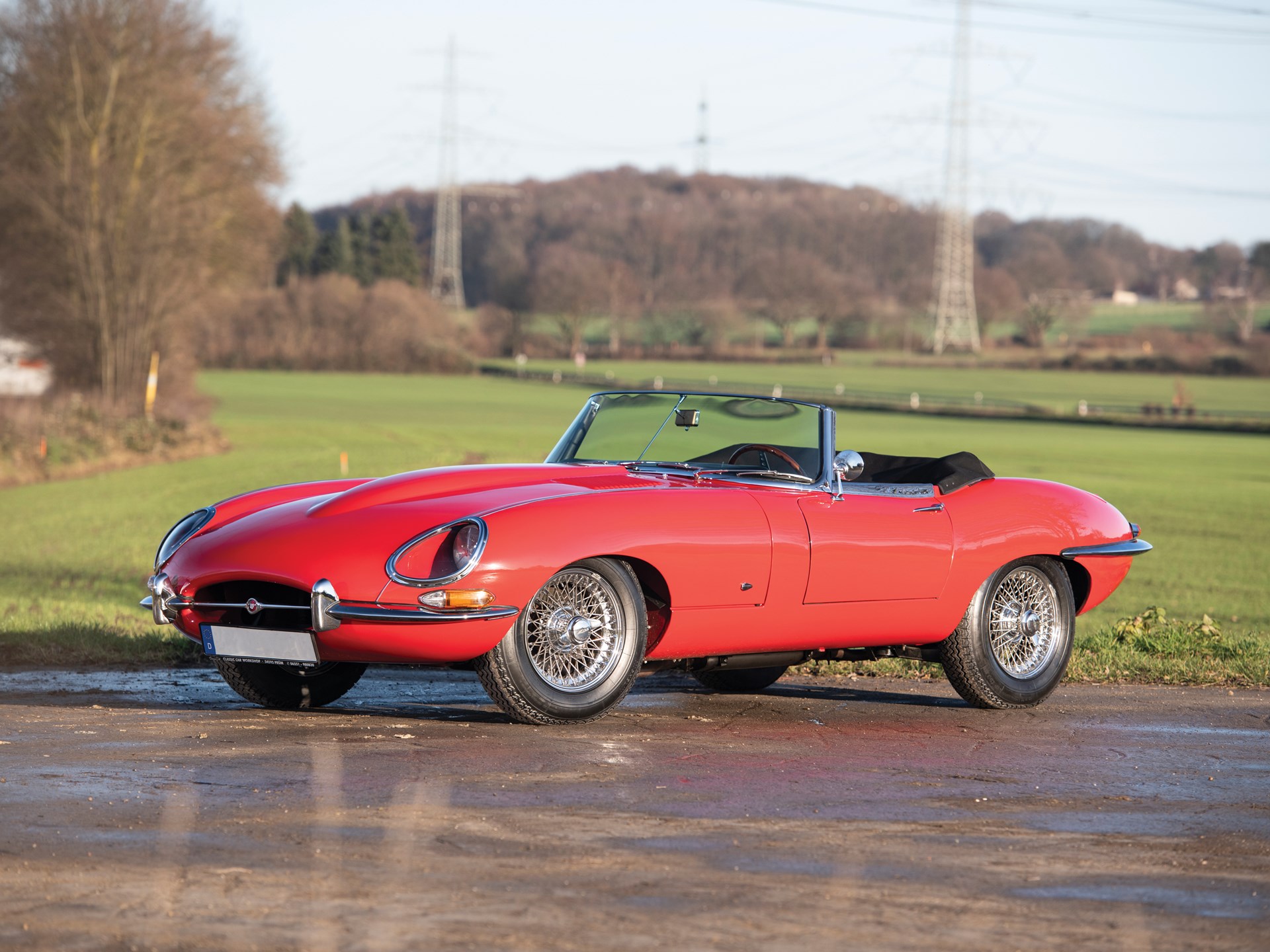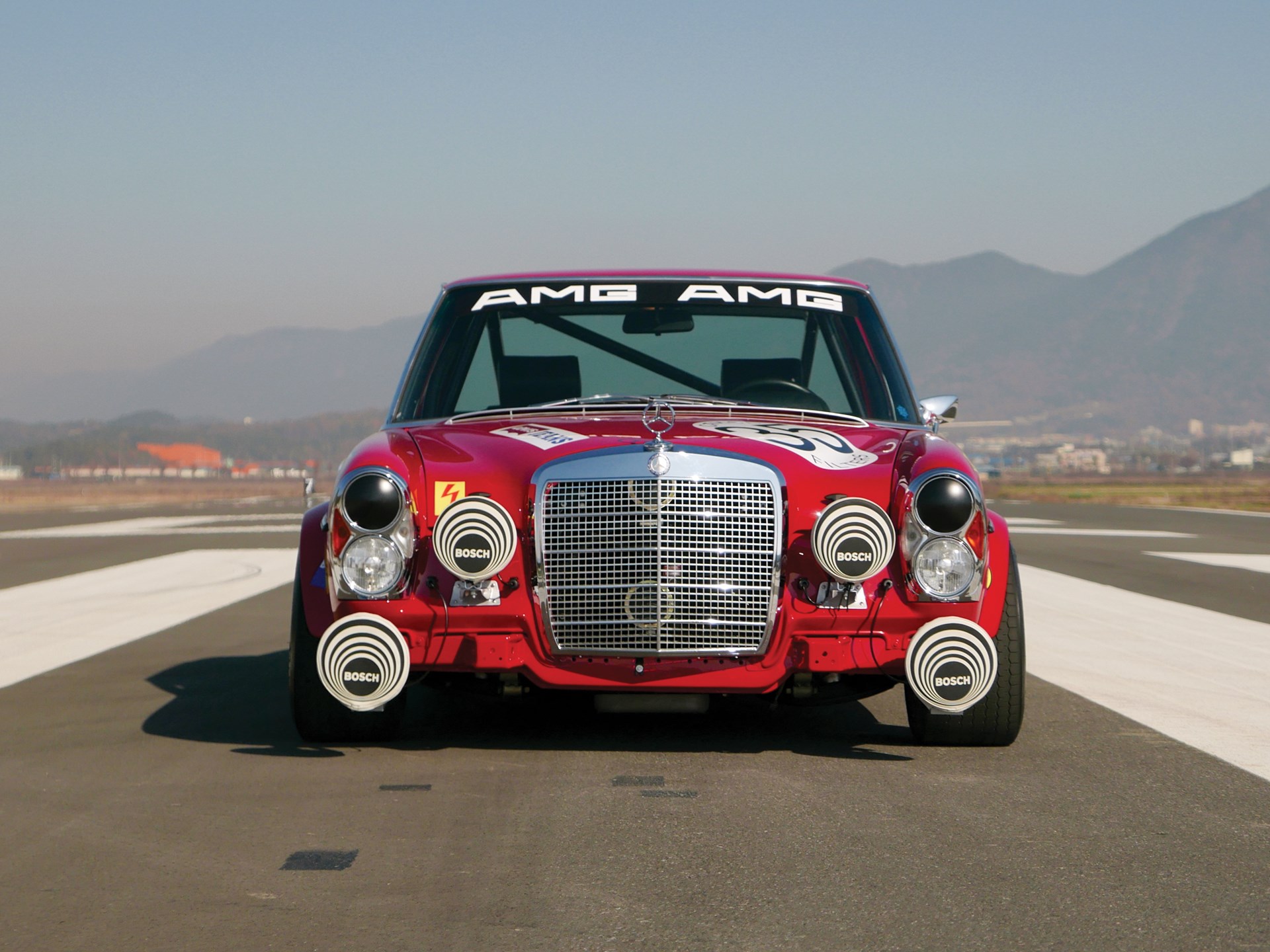It’s all about D-tails
What can we learn from the RM auction at Retromobile? Cliff Goodall's view.
Photo credit RM Sotheby’s
RM has published the Retromobile auction results, and also the idea that some of the unsold top lots would subsequently be placed through discreet actions of the auction house did not bear fruits. However, it would be wrong to dismiss the €16,544.588 million result (down 48.5% on 2019) merely by looking at the numbers. Better try to understand what worked, what didn’t, and why.
70% is 5 points down on than last year.
1 – Estimates, expectations and reality
The 1955 Jaguar D-Type was the star of the auction, the car featured on the cover of the catalogue and a car which, despite not being worthy of criticism or praise, came with a fairly good but above all clear history. It had been purchased in the same location in 2014 for €3,696,000 and commanded a decidedly optimistic estimate of €5.9 – 6.4 million. The seller refused a bid of €5.4 million (which I personally would have accepted) leading to this result being added to the last 3 or 4 D-Types offered at auction that ended up unsold. A market correction is urgently needed. This car is magnificent and pruning the price slightly, just like a healthy plant, can do wonders for its growth potential.

Like the Jaguar, the 1972 Ferrari 365 GTS/4 Daytona Spider also had an optimistic estimate, to say the least, even in the eyes of the experts. It was one of the 19 left-hand drives models with European specifications (out of 125 produced), 28,000km on the clock and Ferrari Classiche certification. However, the estimate was high: €2.4-2.6 million. Two weeks earlier at Gooding in Scottsdale, one had sold for around €1.75 million ($1,930,000). Was this one worth the €650,000 difference? The market decided that €150,000 was enough and the car remained unsold at €1.9m.

The third was a modern hypercar, the 2015 Lamborghini Veneno Roadster. With just 450km on the clock, the RM team hoped to repeat Bonhams’ success at Cheserex, where they sold one for almost €8.3 million in September. The estimate was almost half in this case, €4.5-5.5 but the offers stopped at €3.95m. Only 9 have been produced and perhaps the market is unable to absorb two per year at these numbers.

2 – The pros and cons of the free market. By paraphrasing “A Tale of Two Cities” by Charles Dickens one could cite the facts of “A Tale of Two Cars” for the next examples.
The first is the 1971 Maserati Ghibli 4.9SS, black with US specifications. The car belonged to the Poster Car Collection, a collection of very interesting cars for the market because they are models that indicate how the sector is fairing. This Ghibli was bought by the current owner in Pebble Beach in August 2015 who at the time paid $242,000 for it (around €217,000). But the offers this time almost halved and the seller received just €126,500. As the listing was without reserve, he had to let her go. The dangers of the “no reserve”.

A very different tale for the 1956 BMW 507 Roadster from the same collection. Purchased at Amelia Island in 2014 for almost €1,320,000, this time it went for €1,996,250, a 51% revaluation in less than six years (over 8.5% per year).

3 – What is the value of a detail?
If I mentioned “Outside Bonnet Lock”, “Welded Louvers” or “Flat Floor”, would you be able to tell me which car we are talking about? The more experienced among you would understand immediately that the next car is the 1961 Jaguar E-Type Series 1 3.8-Litre. We are not talking about a particular example but about a feature (do we want to call it trend?) that we have already noticed in Arizona. To better understand: the Jaguar E-Type was produced in three series, the first of which (the one the market desires the most along with the last 50 known as “Commemorative” models) until 1965 was equipped with a 3.8-litre engine which was later replaced by the 4.2 engine.
Of the first 3.8 series in particular, the most desired ones are the “flat floors” (produced until mid-1962), the “welded louvers” (easy to recognize: they have welded air intakes on the hood instead of riveted ones) and, the rarest quality of all, the “Outside Bonnet Lock” or “Outside Bonnet Latch”. These have different chromed hooks on the outside of the hood. Just 385 units (out of more than 72,000 in total) were produced in roadster and 26 coupe versions.

Given their rarity, OBL versions usually command a significant premium over the market prices, which, as a general rule is at least double that of models without the hooks in the same conditions.
But this “plus” appears to have vanished. In Arizona they sold a S1 3.8 OBL Roadster for $156,800 (estimate “225-275,000) and also in Paris they sold one for €161,000 (it was estimated at €200-250,000). For comparison, three specimens “without hooks” in Paris received offers between €120 and 140,000.
Not only; these two examples also contest the prize of being the cheapest examples sold in the last 8 years …
So the inevitable question arises: what’s going on?
Maybe we have the answer, and although other arguments must be made, here goes.
4 – Pleasure over reason?
The first is another result from RM, the 1964 Porsche 904 GTS. Estimated at €1.6-1.8, it had the non-original engine and not even the correct type for that, mounting the 906 Carrera 6 engine, which is more powerful of course, but by no means original. Estimated at €1.6-1.8 million, it sold for €1,917,500.

Another example is the surprise of the auction: the Mercedes-Benz 300SEL 6.3 “Red Pig” replica. Made on a normal 300SEL 6.3 sedan, it had been transformed into an exact replica of the famous “Red Pig” that raced in the 60s. Estimated at €150-200,000 it went for… €432,500! Amusing perhaps, but it’s still a replica.

So if three coincidences are a proof I would say that, with the generalized descent of values, people are going back to actually driving their cars and they don’t particularly care about particular details but only if the car is beautiful and fun to drive. In this moment of unpredictability however, I feel strongly that there’s more to it than this.
In a simple sentence: “Back to basics”…